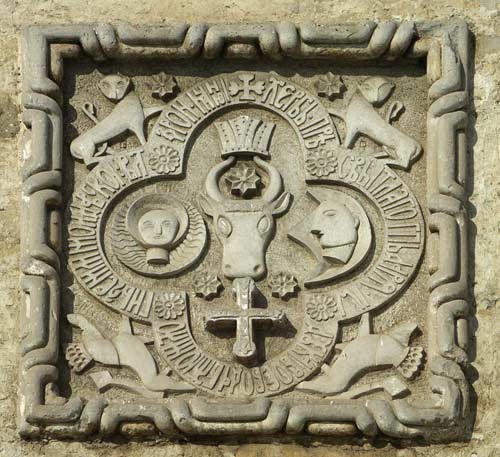
Based on the work of predecessors, the available source base, the purpose of the study to analyze the military and political situation in the northern Moldavian border volosts during the struggle of the Polish-Lithuanian Commonwealth and the Ottoman Empire for hegemony in Central-Eastern Europe in the mid-20s — mid-40s of the 17th century. Research methodology. The research presented in this article is carried out on the basis of the principles of historicism and objectivity, which involve considering the facts in their temporal and spatial interconnection. The methods used by the author (analysis and synthesis, descriptive, problem-chronological, comparative-historical and problem-chronological) allowed to realize the purpose of the study and perform the main tasks of the research. The scientific novelty is that a detailed analysis of the events of the 1620s-1640s on the Polish-Moldavian borderland, as a time of increasing confrontation between Poland and the Porte, which ultimately led to their long-term confrontation and increased internal and external political interference in Moldavian affairs, and possession of the Khotyn fortress gained strategic importance. The second quarter of the 17th century was characterized by increased rivalry between the Polish-Lithuanian Commonwealth and the Ottoman Empire. Throughout this period, Moldavia continued to be a vassal dependency of the Porte, and the military-political situation of the Bukovynian borderland within the Moldavian state was defined by the constant interference of Polish-Cossack and Horde troops in its internal affairs. The Polish kings tried to keep Moldavia in their sphere of influence and sent troops there, which destroyed and plundered mainly the border territories with Poland, especially the territories of Chernivtsi and Khotyn volosts. At this time, the strategic importance of the Khotyn fortress grew significantly, it continued to play the role of an outpost on the Polish-Moldavian border. So, the territory of the Northern Moldavian border volosts was a bridgehead for the struggle between Turkey and Poland, as during the 1620s and 1640s, both states sought to increase their influence on Moldavia and also on Bukovyna, as its constituent part. As a result, from the second quarter of the 17th century the territory of Bukovyna became the scene of important military and political clashes.
Source: Balukh O. (2022). Armed clashes on the Polish-Moldavian borderland in the mid-20s – mid-40s of the XVII century. The research papers of Kamianets-Podilskyi National Ivan Ohiienko University: historical studies. 37: 115-131
Source web-site: https://drive.google.com/file/d/1nfKC6Sb46DOWquL-g1nC2WJO4A5kCGhy/view
Number of views: 982